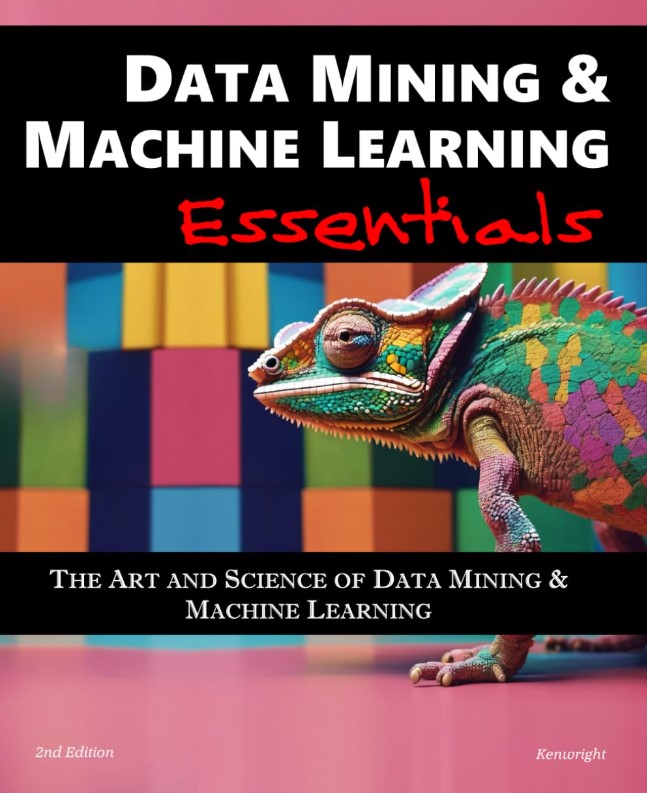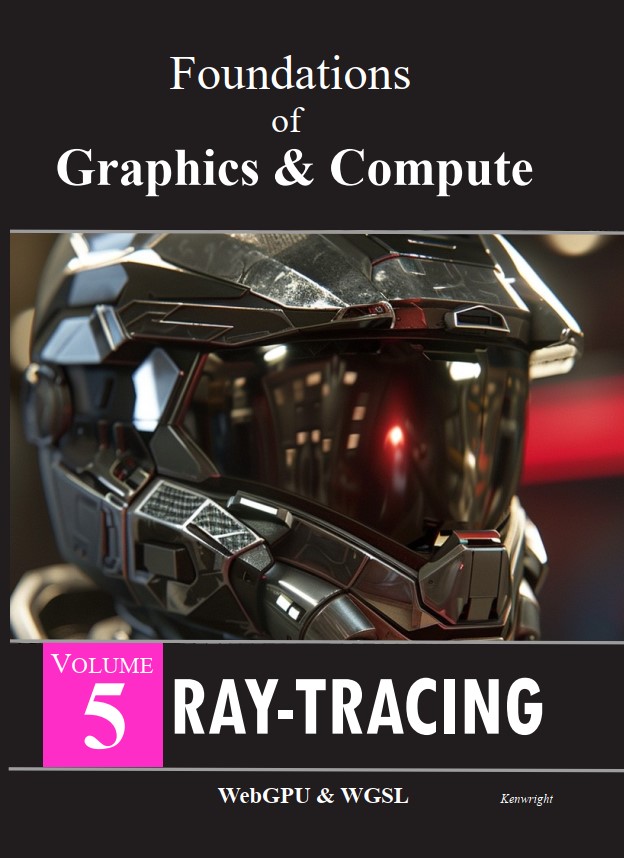



Foundations of Graphics & Compute: Volume 5: Ray-Tracing
A comprehensive guide to mastering webgpu, graphics, compute and more.
Book Details
- ISBN: 979-8306564760
- Publication Date: January 10, 2025
- Pages: 440
- Publisher: Tech Publications
About This Book
This book provides in-depth coverage of webgpu and graphics, offering practical insights and real-world examples that developers can apply immediately in their projects.
What You'll Learn
- Master the fundamentals of webgpu
- Implement advanced techniques for graphics
- Optimize performance in compute applications
- Apply best practices from industry experts
- Troubleshoot common issues and pitfalls
Who This Book Is For
This book is perfect for developers with intermediate experience looking to deepen their knowledge of webgpu and graphics. Whether you're building enterprise applications or working on personal projects, you'll find valuable insights and techniques.
Reviews & Discussions

The writing is engaging, and the examples are spot-on for compute. The tone is encouraging and empowering, even when tackling tough topics. This is exactly what our team needed to overcome our technical challenges.

I finally feel equipped to make informed decisions about ray-tracing. I found myself highlighting entire pages—it’s that insightful.

A must-read for anyone trying to master Volume.
I’ve bookmarked several chapters for quick reference on Compute:. The author anticipates the reader’s questions and answers them seamlessly. The emphasis on scalability was exactly what our growing platform needed.

The author has a gift for explaining complex concepts about Graphics. The author’s passion for the subject is contagious.

The examples in this book are incredibly practical for webgpu.
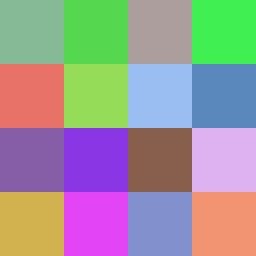
I’ve bookmarked several chapters for quick reference on Graphics. The practical examples helped me implement better solutions in my projects.

The practical advice here is immediately applicable to ray-tracing.

The writing is engaging, and the examples are spot-on for webgpu.

This resource is indispensable for anyone working in Compute:. I found myself highlighting entire pages—it’s that insightful. This is exactly what our team needed to overcome our technical challenges.

This resource is indispensable for anyone working in Foundations. I feel more confident tackling complex projects after reading this.

This book gave me the confidence to tackle challenges in graphics.

The practical advice here is immediately applicable to Volume. The diagrams and visuals made complex ideas much easier to grasp.

This book bridges the gap between theory and practice in Volume.

I've read many books on this topic, but this one stands out for its clarity on Foundations.
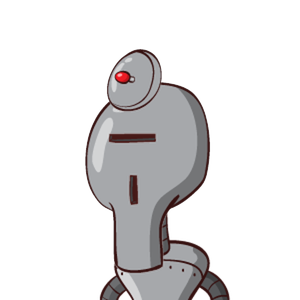
I’ve shared this with my team to improve our understanding of ray-tracing.

After reading this, I finally understand the intricacies of ray-tracing. I found myself highlighting entire pages—it’s that insightful. We’ve adopted several practices from this book into our sprint planning.

This book gave me the confidence to tackle challenges in compute. I found myself highlighting entire pages—it’s that insightful.

After reading this, I finally understand the intricacies of compute.

This helped me connect the dots I’d been missing in ray-tracing.
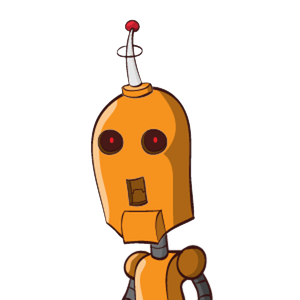
I’ve shared this with my team to improve our understanding of Volume. This book strikes the perfect balance between theory and practical application.
This book distilled years of confusion into a clear roadmap for Volume.
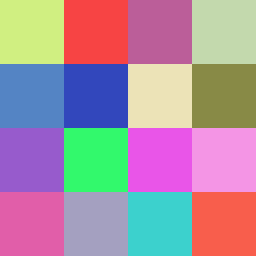
I wish I'd discovered this book earlier—it’s a game changer for webgpu. The author’s passion for the subject is contagious. This book gave me the tools to finally tackle that long-standing bottleneck.
Join the Discussion
Related Books
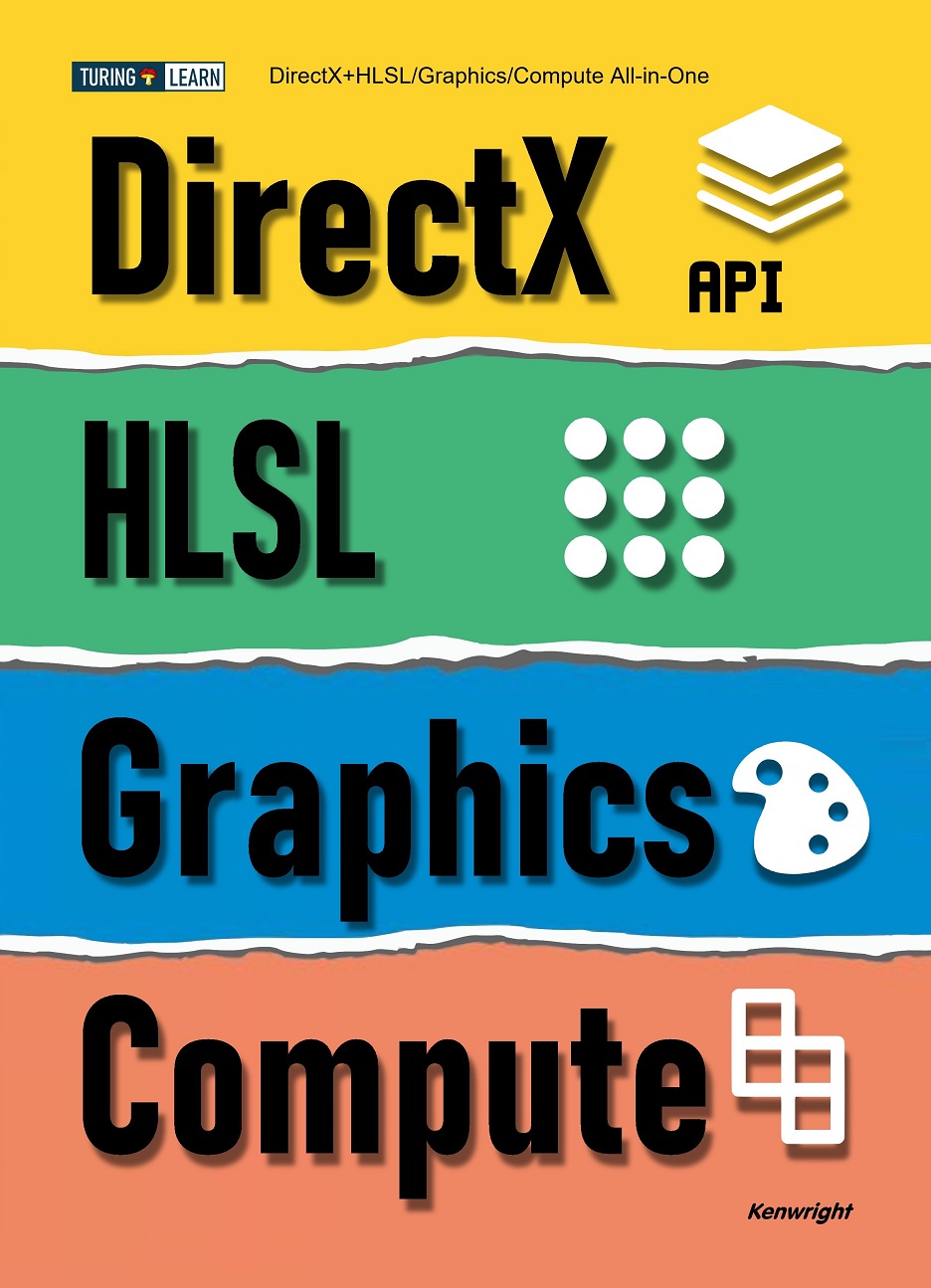
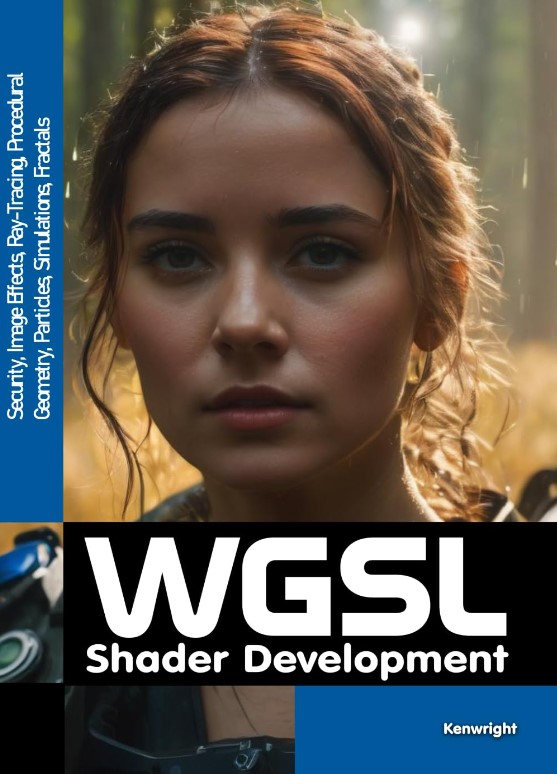
WebGPU Shader Language Development: Vertex, Fragment, Compute Shaders for Programmers
Published: May 9, 2024
View Details